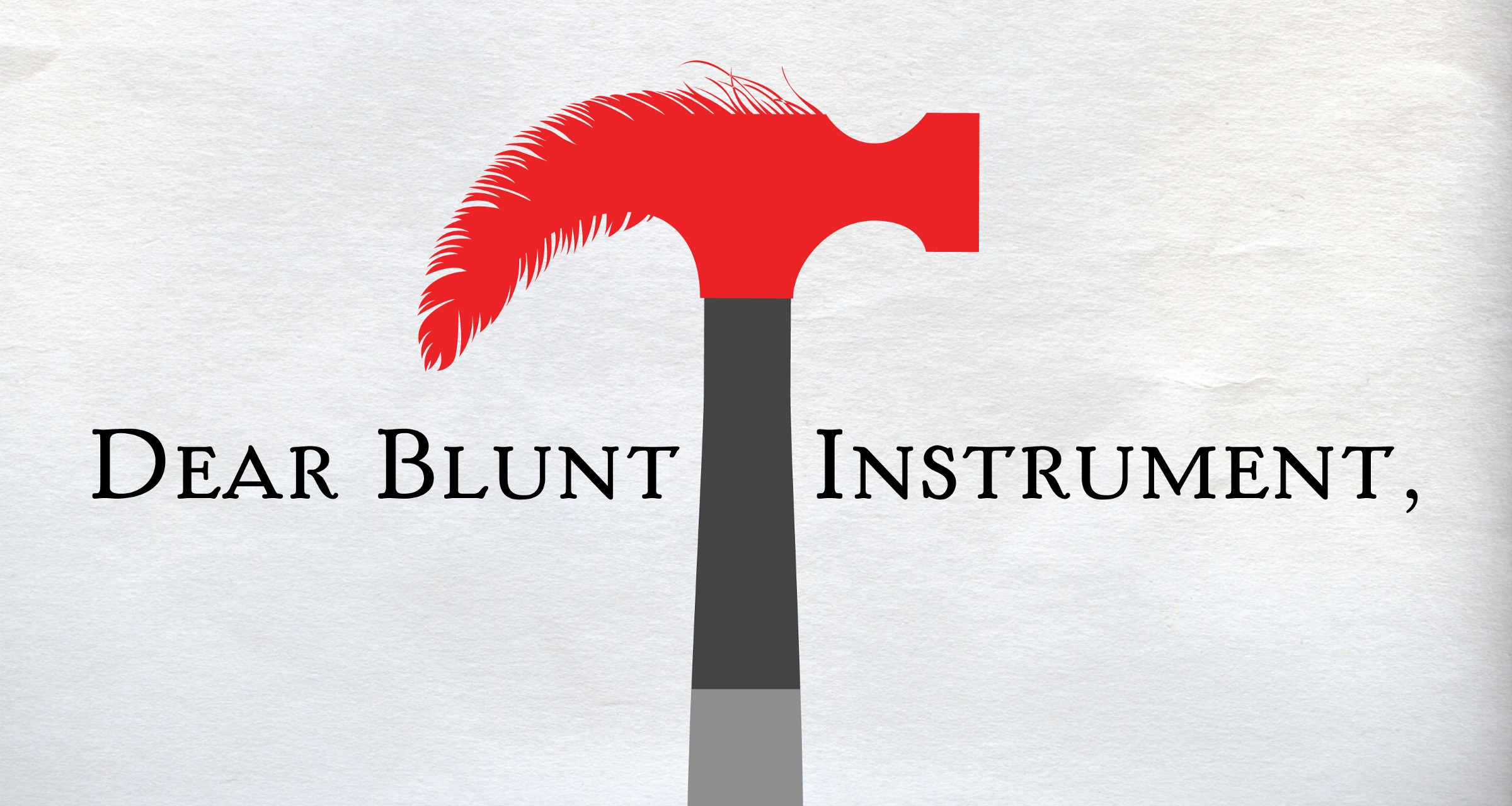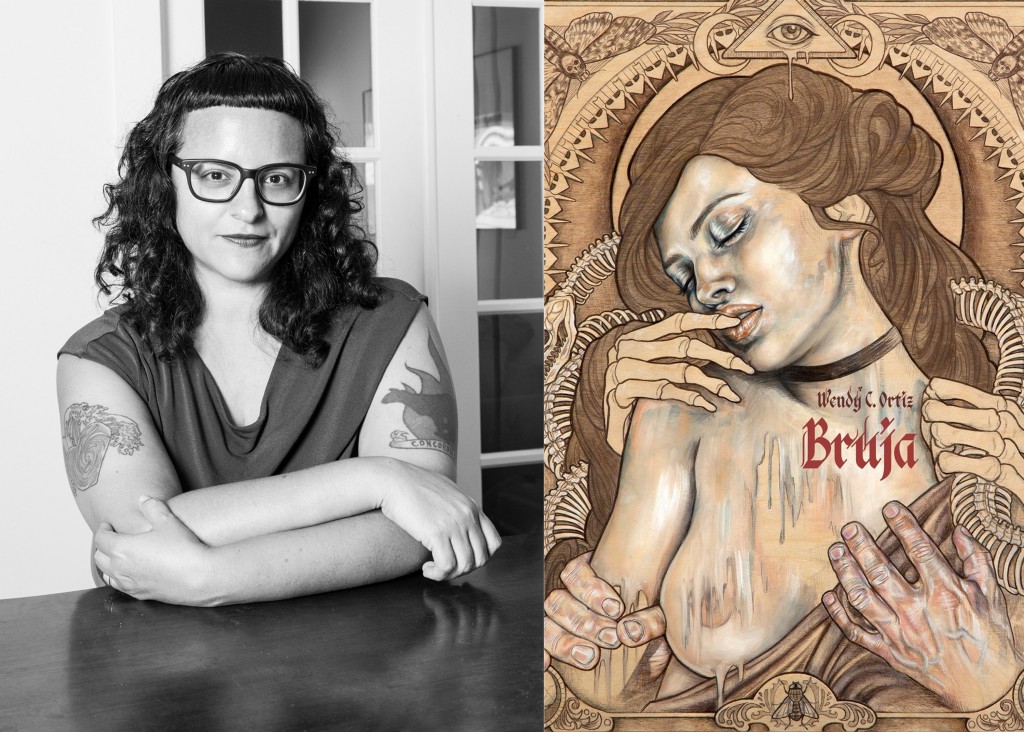Reading Lists
4 Novel Ways to Find Writing Inspiration
Feeling stuck? Step away from Scrivener and try this instead

Let’s start with a cliche: the journey of a thousand miles begins with one step. The problem with that sentiment is that your first step could go in any direction — and that can often be paralyzing. Indeed, the question that every writer has faced at least once is what do I write about? But beyond the tried-and-true approaches of writing what you know and using writing prompts to spur your imagination, where else can writers find inspirations for a story?
In this post, we’ll look a few unorthodox approaches to finding inspiration that writers can use to jumpstart their next big project.
Head to your local art gallery
A number of bestsellers found their inspiration in works of art. Just to rattle off a few, think about Tracy Chevalier’s The Girl with the Pearl Earring, Donna Tartt’s Pulitzer-winning The Goldfinch and, er, The Da Vinci Code. However, a story doesn’t need to directly reference a painting in order to take inspiration from it.
In the film Amélie, the title character’s neighbor is an amateur painter obsessed with recreating Renoir’s Luncheon of the Boating Party. In particular, he struggles to recreate one woman in the crowd, as he’s unable to fathom why she is there and what she is thinking. Perhaps if he were a writer, he’d be better suited to imagining her circumstances and bringing her to life?
As an exercise, take your notepad to an art gallery — ideally, one that exhibits works that feature large crowds. Focus on those elusive characters in the background and ask yourself, “who are they, and why are they there?” The answers you give are likely to be informed by your own experiences than the intentions of the artist — but what a great way to get those mental cogs turning!
Focus on those elusive characters in the background and ask yourself, “who are they, and why are they there?”
Take an Improv Class
In the past decade, improv has evolved beyond a staple of college theatre majors and Drew Carey TV projects. In just about every city in America, you’ll find folks from all walks of life taking improv classes to improve their confidence, have fun, and make friends. But for the writer, the skills inherent to improvised theatre can be easily translated to the written word.
For one, improv teaches you that anything can be the starting point of a story. From a single-word suggestion, next to anybody can develop a scene with a beginning, middle, and end that features some amount of character change.
The core principle of “yes and” is also something that helps any storyteller quickly build upon their ideas. The simplest example would be if one character says, “Isn’t it a lovely day?” then the other character says, “YES it is. AND isn’t it great that we’re having a picnic today.”
It’s a way of logically building up a story that asks if this is true, then what else could be true? Of course, if “yes and” is used recklessly, all of your stories might end up on a moonbase — but with some practice and discipline, it will wire your storytelling brain to remember what’s come before and consider its consequences.
But, if you can only take one thing away from improv, it’s that you should always start your scene with a gun. (Not really.)
Everything I Know About Writing a Novel I Learned from Watching British People Bake
Identify tropes and subvert them
While the other suggestions here are designed to organically generate ideas, some writers might prefer a more cerebral approach to finding inspiration. For example, a common gripe of many book fans is how certain genre tropes seem to appear in every book they read. If this sounds familiar to you, why not dig into these tropes and see what inspiration jumps out at you?
For example, if you’re writing in the realm of fantasy, you might choose to look at some of the most popular books in that genre and keep a running tally of common tropes. You might notice the incredible number of orphan protagonists and think, “what would it be like if an epic fantasy hero had a huge extended family with crazy uncles and forgetful aunts?” How would that story play out?
And while some people may argue that the subversion of too many expectations can undo the things that they enjoy about a certain genre (or stretch the credulity of the plot), a single twist of a trope might be all you need to find a fresh angle on the kind of stories you love to read.
A single twist of a trope might be all you need to find a fresh angle on the kind of stories you love to read.
Browse through Craigslist
When Craig Newmark started his online classifieds site in 1995, he probably didn’t imagine it would become a window into the eccentric lives of everyday people. If you browse through its pages long enough, you’re likely to discover mysteries ranging from people giving away haunted dolls (great fodder for a horror story) to folks looking to sell their entire life (which sounds like the making of John Cheever short).
Of course, the items for sale don’t have to be as outlandish as those examples in order to spark your imagination. Sometimes, simply asking why someone would buy something — or why they want to sell it — is all you need as a starting place for a story. Just remember, one of the most famous examples of super-short fiction takes the form of a classified ad — “For sale: baby shoes, never worn.”

About the Author
Emmanuel Nataf is the CEO of Reedsy, a marketplace that connects authors and publishers with the world’s best editors, designers, and marketers. Over 5,000 books have been produced via Reedsy since 2015.








